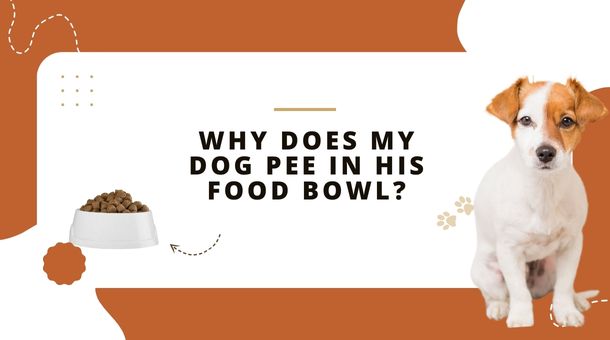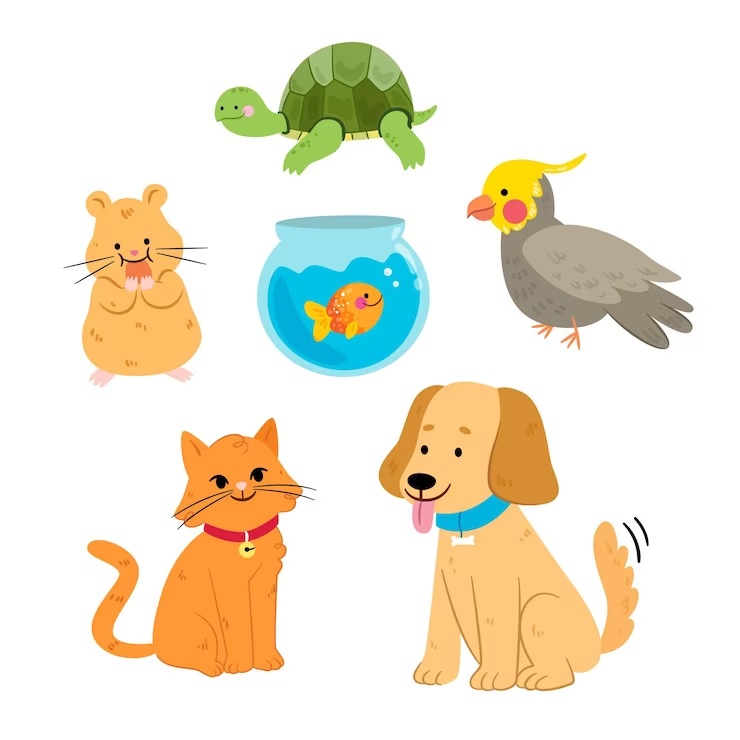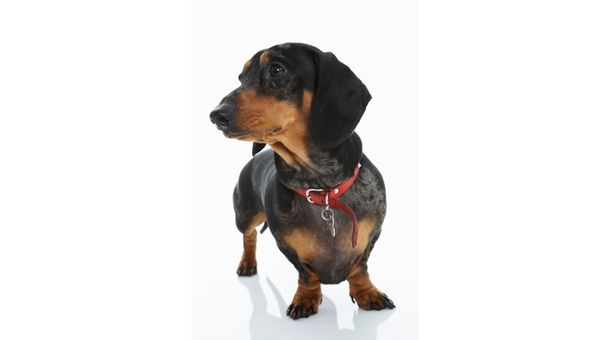Dogs may pee in their food bowls for various reasons, ranging from medical issues to behavioral problems. One possible explanation is that your dog is marking their territory.
Dogs have scent glands in their paws and may need to mark their food bowl as their own. Another possible cause is a urinary tract infection or other medical condition that causes your dog to have accidents. Stress and anxiety can also contribute to this behavior.
It’s essential to rule out any underlying medical issues and address any behavioral problems to prevent this behavior from continuing.
Common dog behavior problems: Peeing in the food bowl
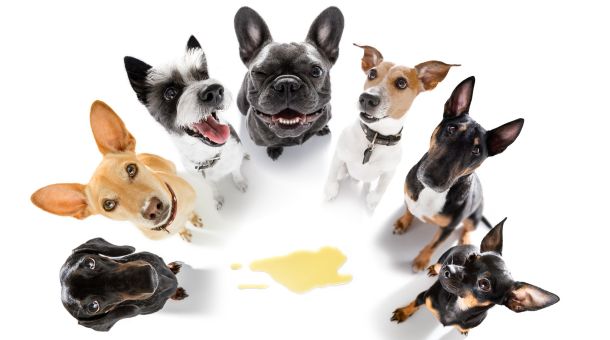
Peeing in the food bowl is a common dog behavior problem that can frustrate dog owners. While there may be several underlying reasons why a dog may urinate in their food dish, it’s important to address the behavior to prevent it from becoming a habit.
Some common reasons dogs may pee in their food bowls include marking their territory, medical issues, stress, anxiety, or a lack of proper potty training. If you notice your dog displaying this behavior, it’s important to consult with a veterinarian to rule out any underlying medical issues and address any behavioral problems.
With patience, consistency, and proper training, you can help your furry friend overcome this behavior and maintain a healthy and happy lifestyle.
Top reasons why your dog may be peeing in his food bowl
Dogs may pee in their food bowls for a variety of reasons. Here are some of the top reasons why your dog may be displaying this behavior:
Marking their territory:
Dogs have a strong sense of smell and may need to mark their food bowl as theirs.
Medical issues:
Urinating in unusual places, such as the food bowl, can indicate a urinary tract infection or other medical conditions.
Stress and anxiety:
Dogs may urinate in their food bowls due to stress and anxiety caused by changes in their environment or routine.
Improper potty training:
Dogs may not have learned the proper place to relieve themselves, leading to accidents in unusual places.
Behavioral issues:
Sometimes, peeing in the food bowl can be a learned behavior due to a lack of training or inconsistent discipline.
Identifying the underlying cause of this behavior is important to address it properly and prevent it from becoming a habit. A consultation with a veterinarian or professional dog trainer can help determine the root cause and provide guidance on how to correct the behavior.
What to do if your dog is peeing in his food dish?
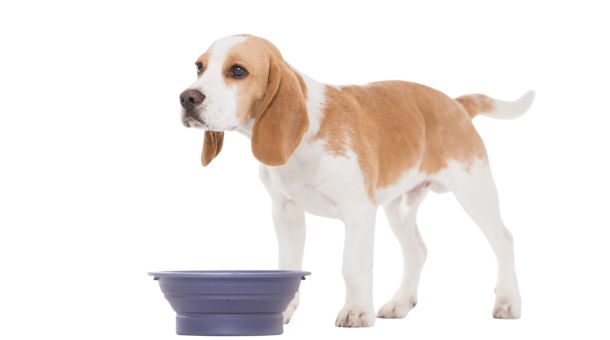
If your dog is peeing in his food dish, it’s important to take action to address the behavior. Here are some steps you can take:
Rule out any medical issues: Take your dog to the vet to rule out any underlying medical conditions that may be causing the behavior.
Evaluate your dog’s environment: Is there anything in your dog’s environment that may be causing stress or anxiety? Try to identify and eliminate any stressors.
Reinforce potty training: Make sure your dog is properly trained to relieve itself in the appropriate place. Consider crate training or other training methods to reinforce proper potty habits.
Establish consistent discipline: Consistent discipline is key in correcting undesirable behavior. Use positive reinforcement and avoid punishment-based training methods.
Remove the food bowl: If your dog continues to urinate in the food bowl, remove it and offer food and water in a different location.
Remember, correcting behavior takes patience, consistency, and time. With proper training and reinforcement, you can help your dog overcome this behavior and maintain a healthy and happy lifestyle.
How can I reinforce proper potty habits in my dog?
You can reinforce proper potty habits in your dog by following these tips:
Develop a routine:
Take your dog outside to potty regularly throughout the day. This can include first thing in the morning, after meals, and before bedtime.
Choose a consistent spot:
Designate a specific area for your dog to go potty, and take them to that spot each time. This will help reinforce the behavior and make it easier for your dog to understand where it should go.
Use positive reinforcement:
Praise and reward your dog immediately after they go potty in the appropriate spot. You can reinforce the behavior by using treats, verbal praise, or physical affection.
Be patient:
Potty training takes time, so be patient with your dog and avoid punishing them for accidents. Instead, focus on positive reinforcement and consistent training.
Consider crate training:
Crate training can be an effective method for reinforcing proper potty habits. Dogs generally do not like to soil their sleeping area, so they will be more likely to hold it until they are taken outside.
Remember, consistency is key when reinforcing proper potty habits. Stick to a routine and use positive reinforcement to help your dog learn where and when to go potty. If you have difficulty with potty training, consider consulting a professional dog trainer or behaviorist for additional guidance.
Is punishment-based training effective in correcting this behavior?

Punishment-based training methods are generally ineffective in correcting this behavior and can worsen the problem. Punishing a dog for peeing in its food dish may cause them to become fearful or anxious, leading to more problematic behavior.
Positive reinforcement training is more effective and humane for correcting this behavior. Positive reinforcement involves rewarding your dog for the desired behavior, such as going potty in the appropriate spot. You can use treats, praise, or playtime to reward good behavior.
In addition to positive reinforcement training, it’s important to identify and address the underlying cause of the behavior. This may involve addressing any medical issues, reducing stress or anxiety, or modifying the environment to make it more conducive to proper potty habits.
Remember, building a strong bond with your dog and using positive reinforcement can be a more effective way to correct this behavior and strengthen your relationship with your furry friend.
Conclusion
If your dog is peeing in their food dish, it is important to identify and address the underlying cause. This behavior can be a sign of a medical issue, stress, anxiety, or improper training, and punishment-based training is generally ineffective in correcting the behavior.
Positive reinforcement training, including a consistent routine and good rewarding behavior, is a more effective and humane method for reinforcing proper potty habits in your dog.
In addition to training, it’s important to ensure that your dog’s environment is conducive to proper potty habits and to consult a professional dog trainer or behaviorist if you are having difficulty addressing the behavior. With patience and consistent training, you can reinforce proper potty habits in your dog and strengthen your bond with your furry friend.

